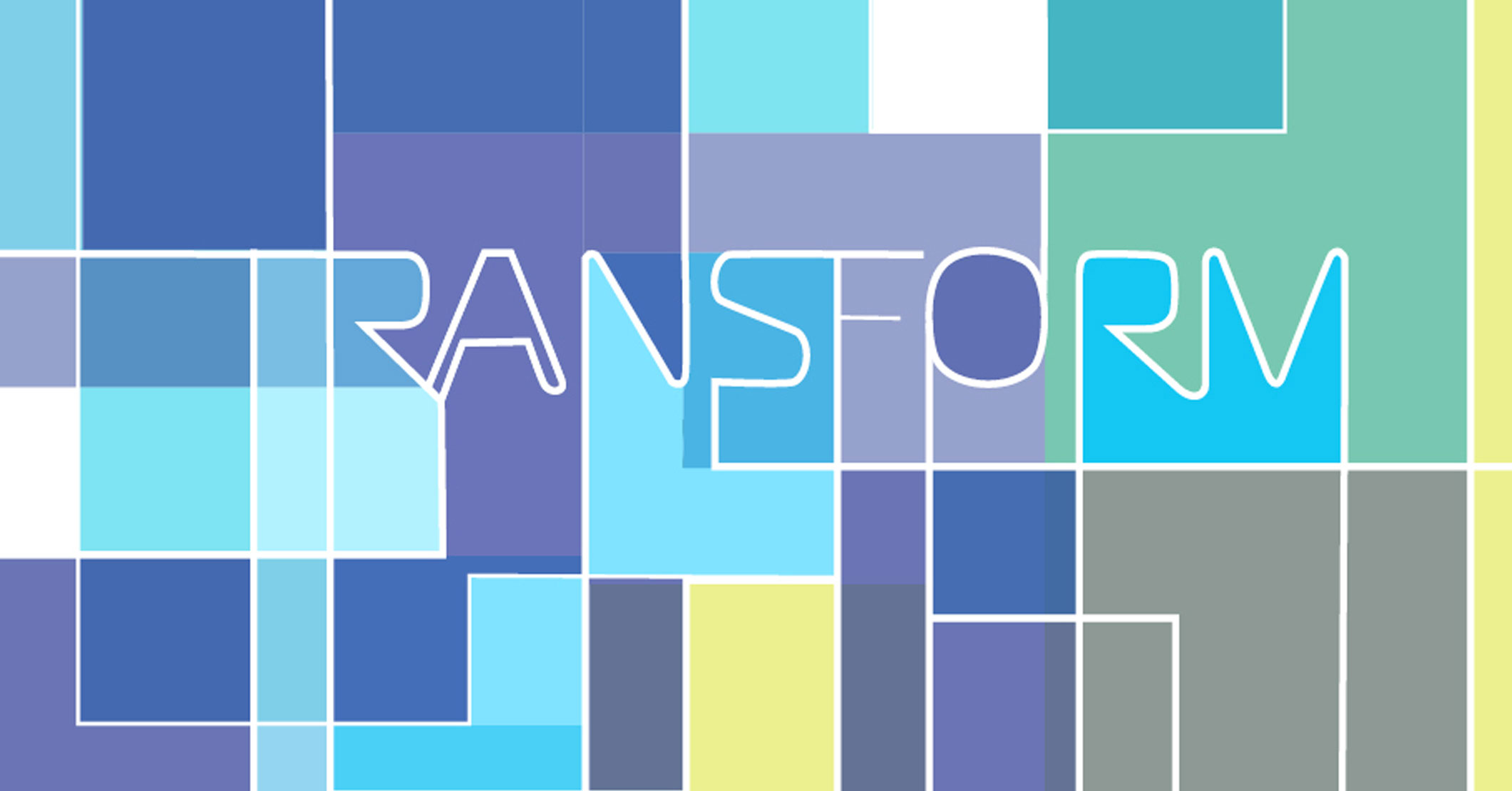Exemplary Models of Faculty-Driven Transformative Diversity Education Initiatives: Implications for Metropolitan Universities
DOI:
https://doi.org/10.18060/21491Keywords:
transformative learning, Diverse Voice Conference, Oakland University, diverse student scholars, University of Central Oklahoma, undergraduate student researchAbstract
Diversity and diversity education are driving forces in metropolitan universities that seek stronger alignment with nearby metropolitan statistical areas. As a result, many metropolitan universities wish to engage in diversity efforts; however, they often lack the resources for doing so. In addition, institutional efforts are often the result of administrative-originated programs of diversity impact rather than faculty-driven curricular and co-curricular efforts (Scott & Sims, 2016). In this case study, the authors offer two faculty-driven diversity programs with a proven record of accomplishment as models of transformative learning practice for faculty and institutions to replicate. The programs have been in existence for more than 10 years and have benefited both the students and universities alike.
References
American Council on Education (2012). On the importance of diversity in higher education. Retrieved from: http://www.acenet.edu/news-room/Documents/BoardDiversityStatement-June2012.pdf
Barthel, J. F., Chen, W. R., Endicott, B. K., Hughes, C. A., Radke, W. J., Simmons, C. K., & Wilson, G. M. (2013). Encouraging and sustaining a culture of student-centered research at a predominantly undergraduate institution. Council on Undergraduate Research Quarterly, 34(1). 41-47.
Barthel, J. F., Cunliff, E., Gage, K., Radke, W. & Steele, C. (2010). Transformative learning: Collaborating to enhance student learning. Proceedings of the 115th Annual Meeting of The Higher Learning Commission: A Collection of Papers on Self-Study and Institutional Improvement (26th Ed.). 56-60.
Dirkx, J. M., Mezirow, J., & Cranton, P. (2006). Musings and reflections on the meaning, context, and process of transformative learning: A dialogue between John M. Dirkx and Jack Mezirow. Journal of Transformative Education, 4(2), 123-139.
Diversity in academe: Who sets a college’s diversity agenda? (2016, May 16). The Chronicle of Higher Education: Special Report. Retrieved from: http://www.chronicle.com/specialreport/Diversity-in-Academe-Who-Sets/38.
Kerby, S. (2012). 10 reasons why we need diversity on campus. Center for American Progress
Retrieved from: https://www.americanprogress.org/issues/race/news/2012/10/09/41004/10-reasons-why-we-need-diversity-on-college-campuses/
Kitchenham, A. (2008). The evolution of John Mezirow’s transformative learning theory. Journal of Transformative Education, 6(2), 104-123.
Lahiri, I. (2008). Creating a competency model for diversity and inclusion practitioners. The Conference Board: ID Report Number TCBP 005. Retrieved from: http://www.conference-board.org/ea/indexaa.cfm?ID=1781
Mezirow, J. (1991). Transformation dimension of adult learning. San Francisco: Jossey-Bass
Oakland University Fast Facts (2017) Retrieved from: www.oakland.edu/fastfacts
Oakland University Mission (2017) Retrieved from: https://oakland.edu/about/mission
Scott, C. L. (2014). Suggested theories, models, and frameworks used to address emerging diversity issues in the workforce. In M. Y. Byrd & C. L. Scott (Eds.), Diversity in the workplace: Current issues and emerging trends (pp. 34-58). New York, NY: Routledge Taylor & Francis Group.
Scott, C. L., Sims, J. (2014). Workforce diversity career development: A missing piece of the curriculum in academia. In C. Hughes (Ed.), Impact of diversity on organization and career development (pp. 129-149). Hershey, PA: IGI Global.
Scott, C. L., & Sims, J. D. (Eds.). (2016). Developing workforce diversity programs, curriculum, and degrees in higher education. Hershey, PA: IGI Global.
Sims, J. D. (2011). A muted voice on holy ground: Reflections on the dialectics experienced as an African American female professor in a Christian university. In M. N. Niles and N. S. Gordon (Eds)., Still searching for our mothers’ gardens: Experiences of new, tenure-track women of color at ‘majority’ institutions (pp. 21-40). Lanham, MD: University Press of America.
Sims, J. D. (2015, May). Cool collaborations through interdisciplinary team-taught classes. Presented at the University of Central Oklahoma Provost’s Advisory Council, Edmond, OK.
Sims, J. D., Anderson, P., & Murray, A. (2012). First-generation student research engagement: What are they learning and why does it matter. Marketing Management Association Fall Conference Proceedings, 234-235.
Sims, J. D., Anderson, P., Neese, S., & Sims, A. (2013). Enhancing student cognitive, affective, and behavioral development through undergraduate research. Marketing Management Association Fall Conference Proceedings, 134-135.
Sims, J. D., Le, J., Emery, B., Smith, J. (2012). Beyond the quantitative headcount: Considering the un-captured qualitative impact of engaging undergraduate students in research. Council on Undergraduate Research Quarterly, 32(3), 23-27.
Sims, J. D., Le, J., & Smith, J. (2011). Advancing the research pipeline: Enlisting undergraduate students in faculty co-authored research. Marketing Management Association Fall Conference Proceedings, 238-239.
Sims, J. D., & Scott, C. L. (2016, April). Two programs that transform students for professional workforce diversity readiness. Presented at the University of Central Oklahoma Transformative Learning Conference, Oklahoma City, OK.
Sims, J., Shuff, J., Neese, S., Lai, H.-L., Lim, O. F., & Neese, A. (2016). Diverse student scholars: How a faculty member's undergraduate research program can advance workforce diversity learning. In C. L. Scott and J. D. Sims (Eds.), Expanding workforce diversity programs, curriculum, and degrees in higher education (pp. 62-73). Hershey, PA: IGI Global.
Whittaker, J. A., & Montgomery, B. L. (2014). Cultivating institutional transformation and sustainable STEM diversity in higher education through integrative faculty development. Innovative Higher Education, 39, 263-275.



